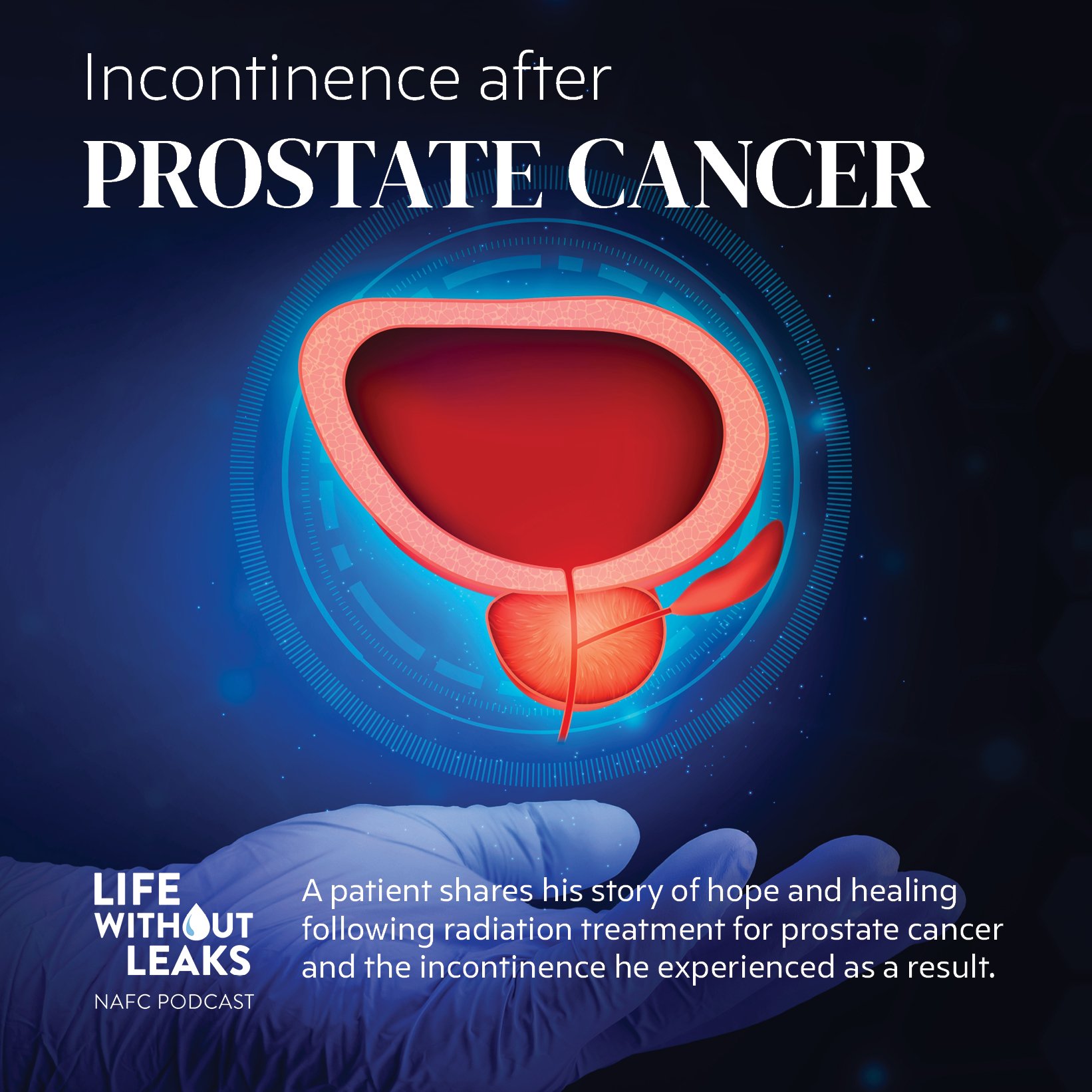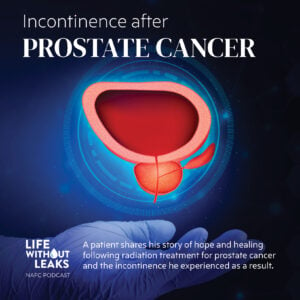There is a saying that 80% of the results in the gym take place in the kitchen. The same thought could be applied to your continence. What you eat and drink, how much, and even when you consume can dramatically impact incontinence of Of your bladder irritants.
Know what foods and drinks can aggravate your system and make a note to avoid them when possible.
Diuretics
Diuretics are agents that promote the excretion of urine. They decrease blood volume by enhancing salt and water excretion by the kidney and lowering the resistance of blood vessels, thereby lowering blood pressure.
Caffeine is considered a diuretic, so monitor your body’s response to caffeinated drinks like coffee, tea, and soda.
Alcohol
Alcohol has also been shown clinically to act as a bladder stimulant, triggering symptoms of urgency. In addition, it acts as a diuretic and may induce greater frequency of urination. This is all triggered because alcohol inhibits arginine vasopressin, also known as anti-diuretic hormone or ADH. The purpose of ADH is to conserve water in the body by reducing its loss in urine.
Acidic Foods are bladder irritants
Some individuals have noted bladder control issues after consuming high acid and hot and spicy foods such as tomato-based dishes and citrus fruit drinks. The medical world isn’t entirely sure why this correlation is so prevalent, but citrus and high-acid foods have long been known as bladder irritants.
What diet tips do you use for bladder and bowel health maintenance?







One Response
How?